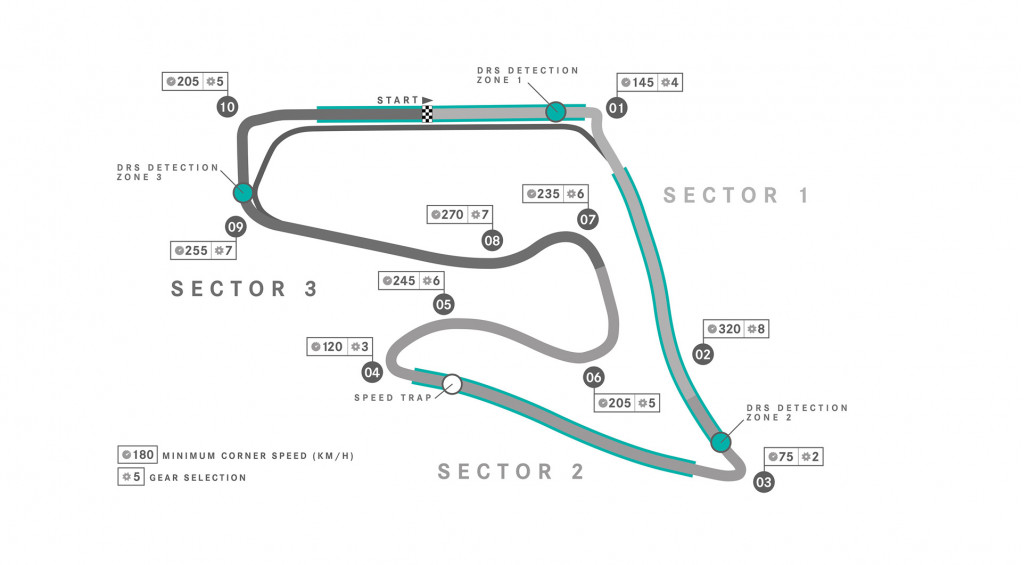After a long delay caused by the Covid-19 coronavirus pandemic, the 2020 Formula One World Championship is now about to get underway.
The first round of the revised 2020 calendar is the Austrian Grand Prix which takes place July 5 at the Red Bull Ring in Spielberg, Austria.
The organizers are still finalizing dates and locations for the rest of the 2020 calendar, and are hopeful of securing between 15 and 18 rounds before the year is out. Some traditional locations are being cut due to travel restrictions and scheduling issues, which means some locations will host back-to-back rounds.
Austria's Red Bull Ring, at 2.688 miles in length, is the shortest of the current crop of F1 racetracks. There are only nine corners and a complete lap takes just 68 seconds. There are four long straights, each one preceded by a slow corner, and that places the engineering emphasis on traction and straight-line speed.

Red Bull Ring, home of the Formula One Austrian Grand Prix
The surface is low grip and low abrasion, with the track getting progressively quicker as the weekend goes on. Even though the asphalt is relatively new, the track is quite bumpy in places, which makes it difficult to find consistent grip. Pirelli has nominated its C2, C3 and C4 compounds for the race.
One other issue to look out for during the Austrian race is the weather. Given the high altitude of the Red Bull Ring (approximately 2,100 feet), temperatures can be a bit cool. The mountain location can also make weather a bit unpredictable. The current forecast is for fine conditions throughout the weekend.
The new season will see Mercedes-AMG's Lewis Hamilton, the reigning champion, chasing his seventh title, which if he achieves will equal Michael Schumacher's record.
Last year's winner in Austria was Max Verstappen driving for Red Bull Racing.
